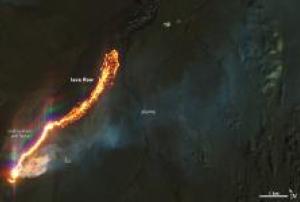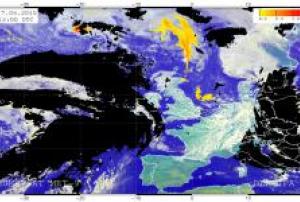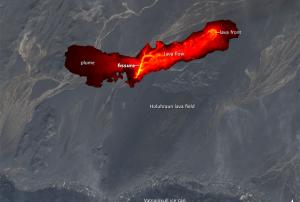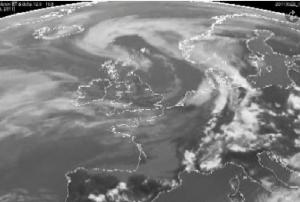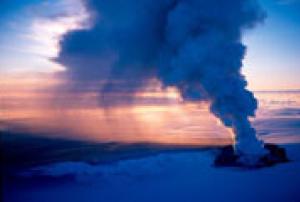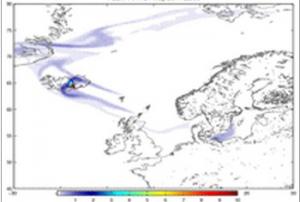24 May 2011 – Members of a United Nations network of volcanic ash advisory centres around the world are monitoring a volcano in Iceland that has erupted and spewed ash high into the air, disrupting airline travel over parts of Europe.
The Grímsvötn volcano in south-eastern Iceland, which began erupting on Saturday, has ejected ash to a height of at least 10 kilometres, according to Clare Nullis, a spokesperson for the UN World Meteorological Organization (WMO).
Nine volcanic ash advisory centres – set up by WMO, the UN International Civil Aviation Organization (ICAO) and the International Union of Geodesy and Geophysics – are providing meteorological information as part of a global volcano watch system, she said.
The lead centre for this eruption is based in the United Kingdom, and is responsible for monitoring and reporting the spread of ash over the UK, Iceland and the north-eastern part of the Atlantic Ocean.
Ms. Nullis…
more